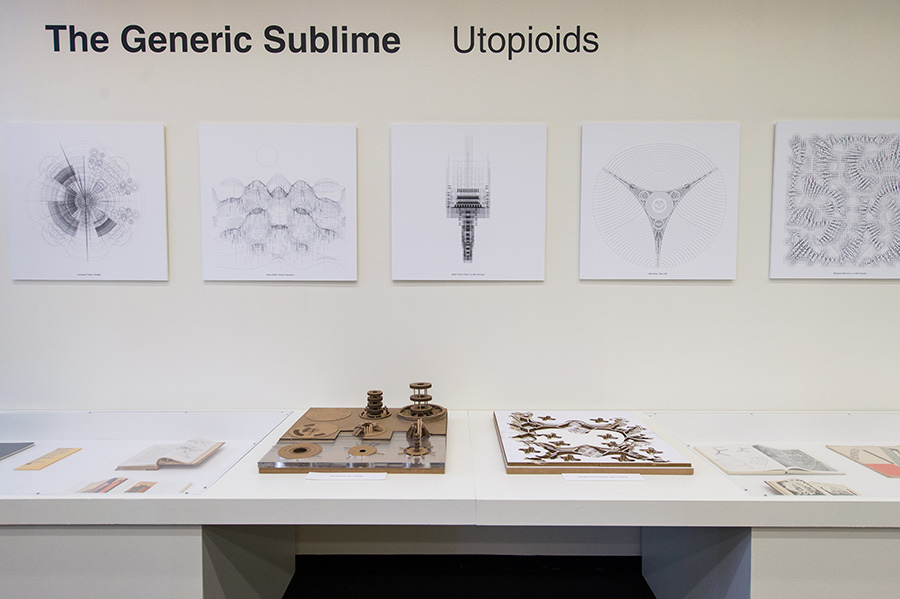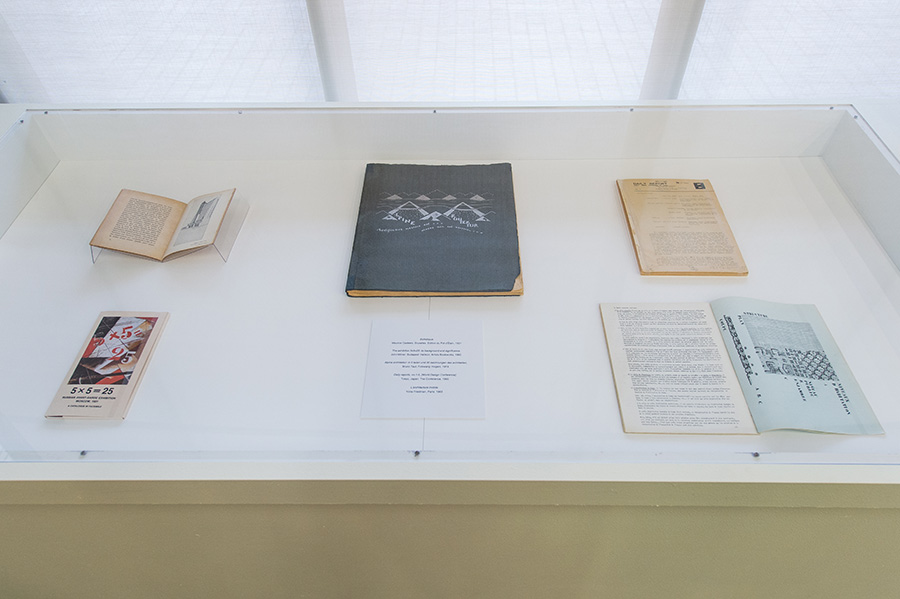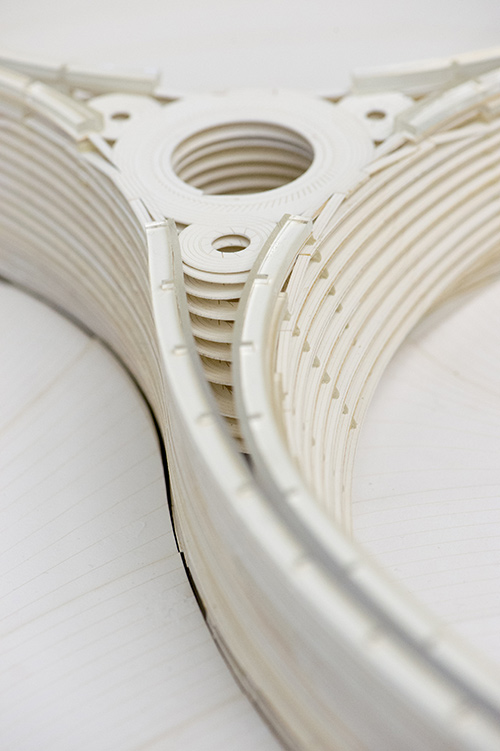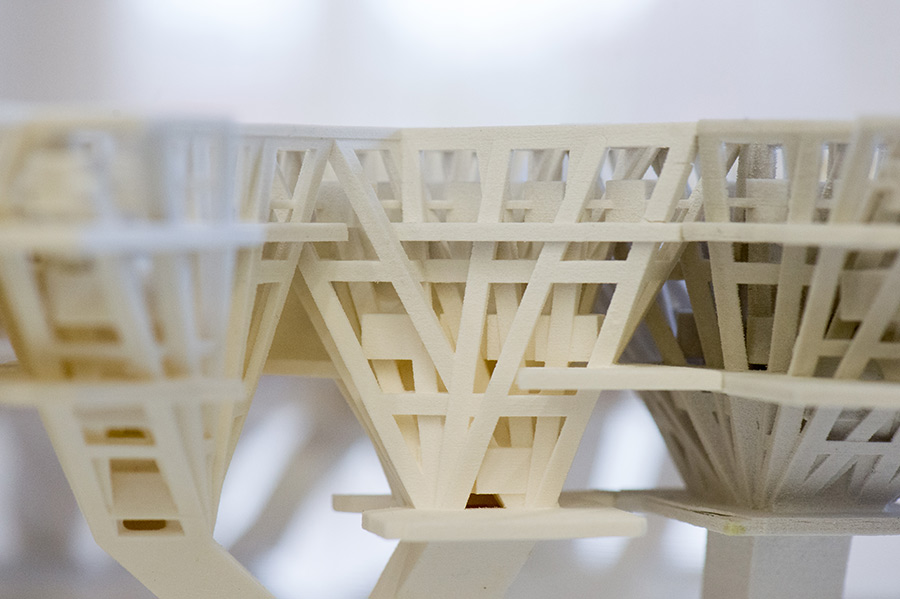The Generic Sublime: Utopioids
August 9, 2013–October 4, 2013
Ciro Najle, Curator
Professor Ciro Najle
Assistant Pablo Barría Urenda
Georgios Athanasopoulos Men in Retreat
Alessandro Boccacci La Ville Tropicale
Elle Gerdeman Neon Sector
Parsa Kamali Shukovoids
Jielu Lu In-between Helix
Héctor Tarrido Picart La Cittá Rumorosa
Emmanuel Torres Urbology
Simon Willett Olympic Operations
Max Wong Obus Infill
Skyscraper collectives, tower agglomerations, mixed-use developments, high-rise housing, luxury condominiums, airport hubs, office enclaves, industrial parks, hotel complexes, conference and financial centers, satellite cities, theme parks, thematic cities, branded cities, central districts, gated communities: what is the intellectual potential latent in extraordinarily large urban typologies developing around the world, however currently restricted by the typological tradition of urbanism and the segregation of disciplinary domains? What is the reach of this potential to enable us to think aggressively about the contemporary metropolitan condition and imagine future developmental models? The Generic Sublime undertakes the project of radical integration of the skyscraper and takes it to the level of the ultimate post-urban megalomania: a complex building that organizes the territory in a synthetic field of competition and synergy.
The Generic Sublime upgrades the organizational capabilities of the skyscraper by exploring the self-surmounting form that the anti-urban takes when assembled in a collective. If the skyscraper once operated as a ready-made laboratory for new modes of life, offering “an aggressive alternative reality, intent on discrediting and replacing all ‘natural’ reality,”* the Generic Sublime presents itself as the quasi-utopian laboratory that results when these realities operate in a multiplicity. This upgrade is based on the integration of the protocols at work in large-scale developmental types in a manifold singularity: the monstrous commune. Expressions of what can be regarded as a future anterior, these archaic configurations betray their own conditions of existence, the ruthless logics of maximum commercial benefit, through sheer intensification, and self-estrange as a result of their intemperance, operating at the highest level of nonlinearity in architecture.
Radically domesticated, the territory here achieves the artificial wilderness of a bold architectural artifact, whose power operates far beyond ideology, in a condition that can be called utopioid—that is, of a similar form to but not the same as utopian. Restricted, austere, stringent, and simple in their premises; plentiful, expansive, and magnanimous in their expression; unbound of any dependence, or even any care for reason, utopioids employ any form of ratio, commercial effectiveness, cultural activism, artistic creativity, or ideological radicality, as a means for the propagation of its canon: brutal indifference. In this move, radically emancipating the real into the realm of the fantastic by means of the instrumentalization of its same pervasive values, the straitjacket of the urbanism of good intentions, first untied by the skyscraper, is now taken to a new state of crisis and reconfigured with the blunt force of an artistic invention.
*Rem Koolhaas, Delirious New York, in reference to the Manhattan block.



